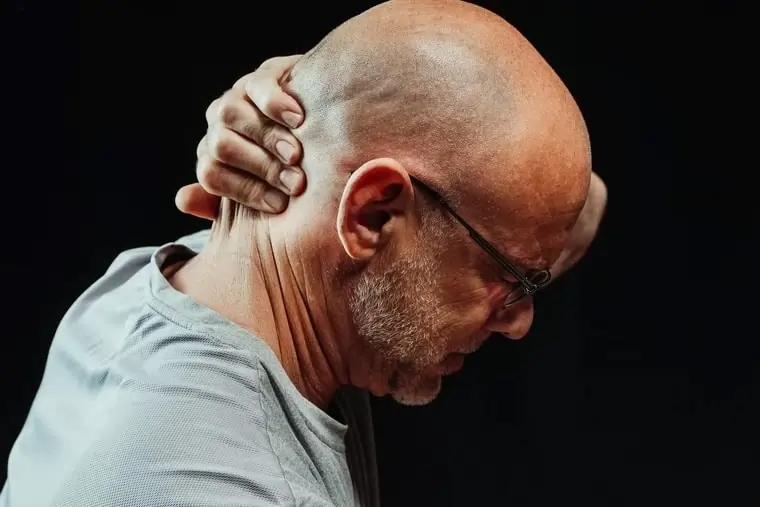Can Neck Pain Cause Dizziness?
Introduction: You may initially believe that neck pain and dizziness are two different issues if you experience both frequently, whether it’s when you stand up from a seated posture, after swiftly turning your head, or just out of the dark. Most people will think that an inner ear issue is the cause of any dizziness…










